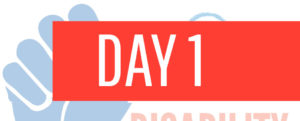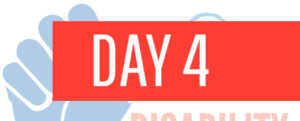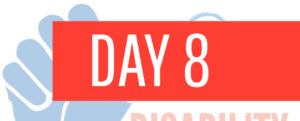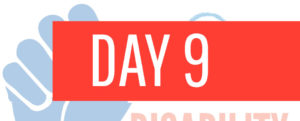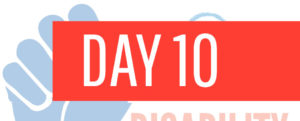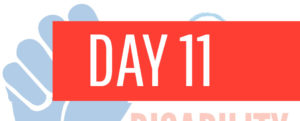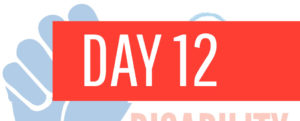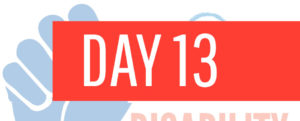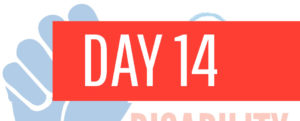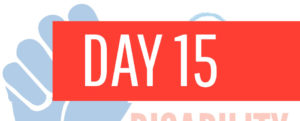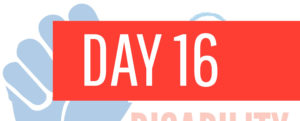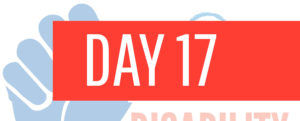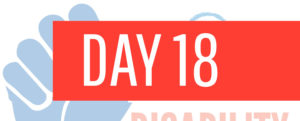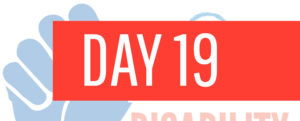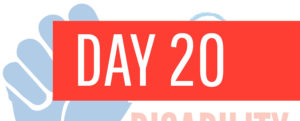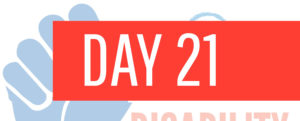Day 2: Disability Language
The language we use around any topic sets up a perspective that carries judgment. We can easily project whether we hold something in high regard or see it as inferior by the words we choose. Unfortunately, much of the language used around disability has stigmatized disability as being a negative thing – something that is “unfortunate,” or that someone is “inflicted with,” or should be “overcome.” You can see that anything being discussed in these terms will be perceived as undesirable.
What if, instead, we think of disability as a natural part of the human condition – just one more characteristic someone might have – like, having freckles or being left-handed? Then the language around disability would be neutral and without judgment.
Many of the words used around disability have developed negative connotations or were developed from a negative position. Words like “crippled,” “handicapped,” and “retarded” carry negative implications and should be avoided. Consider these two sentences: “Bob is crippled” vs. “Bob uses a wheelchair.” Which of these sounds more neutral? When talking to or about a person with a disability, frame the conversation in the most neutral terms possible. Don’t ask someone, “What’s wrong with you?” Instead ask, “What is your disability?” because there is nothing “wrong” with the person.
Consider too, some of the common expressions people use that position disability in a negative way, even when they aren’t talking about disability . . . “Oh, that’s really lame!” . . . “That movie was so retarded.” . . . “What are you, deaf?” Using words associated with disability as slurs and insults contributes to the stigma around disability and can be very insulting and hurtful.
When talking about people with disabilities there are two approaches: “person first” and “identity first” language. The person first approach puts the person before the disability (“a boy with dyslexia”) whereas identity first puts the disability first (“a dyslexic boy”). Neither is right or wrong and both are used within the disability community. It’s generally a personal choice. Some people with disabilities prefer to be seen as a person first, no different than anyone else (hence the term, person first); while others identify strongly with their disability and want that identity recognized with identity first language. The best way to know which one a person prefers is to ask them or to listen to how they refer to themselves.

Read
- Disability Language Guide
https://disability.stanford.edu/sites/g/files/sbiybj1401/f/disability-language-guide-stanford_1.pdf
- Forbes: Here Are Some Dos and Don’ts of Disability Language
https://www.forbes.com/sites/andrewpulrang/2020/09/30/here-are-some-dos-and-donts-of-disability-language/?sh=16377c8fd170
- I am Disabled: On Identity First Versus People First Language https://thebodyisnotanapology.com/magazine/i-am-disabled-on-identity-first-versus-people-first-language/

Watch
- Disabled Person OR Person with Disability (7:03)
https://www.youtube.com/watch?v=SMKKze48Qbo
- Conversations with Ivanova: People First and Identity First Language (3:08)
https://www.youtube.com/watch?v=Ddcl-yA88MU
Discussion
- What was your reaction to the statement, “Disability is a natural part of the human condition?”
- Think about how you talk about people with disabilities. Do you use neutral language? Why or why not?
- List three ways people can start talking about disability in a neutral way.

